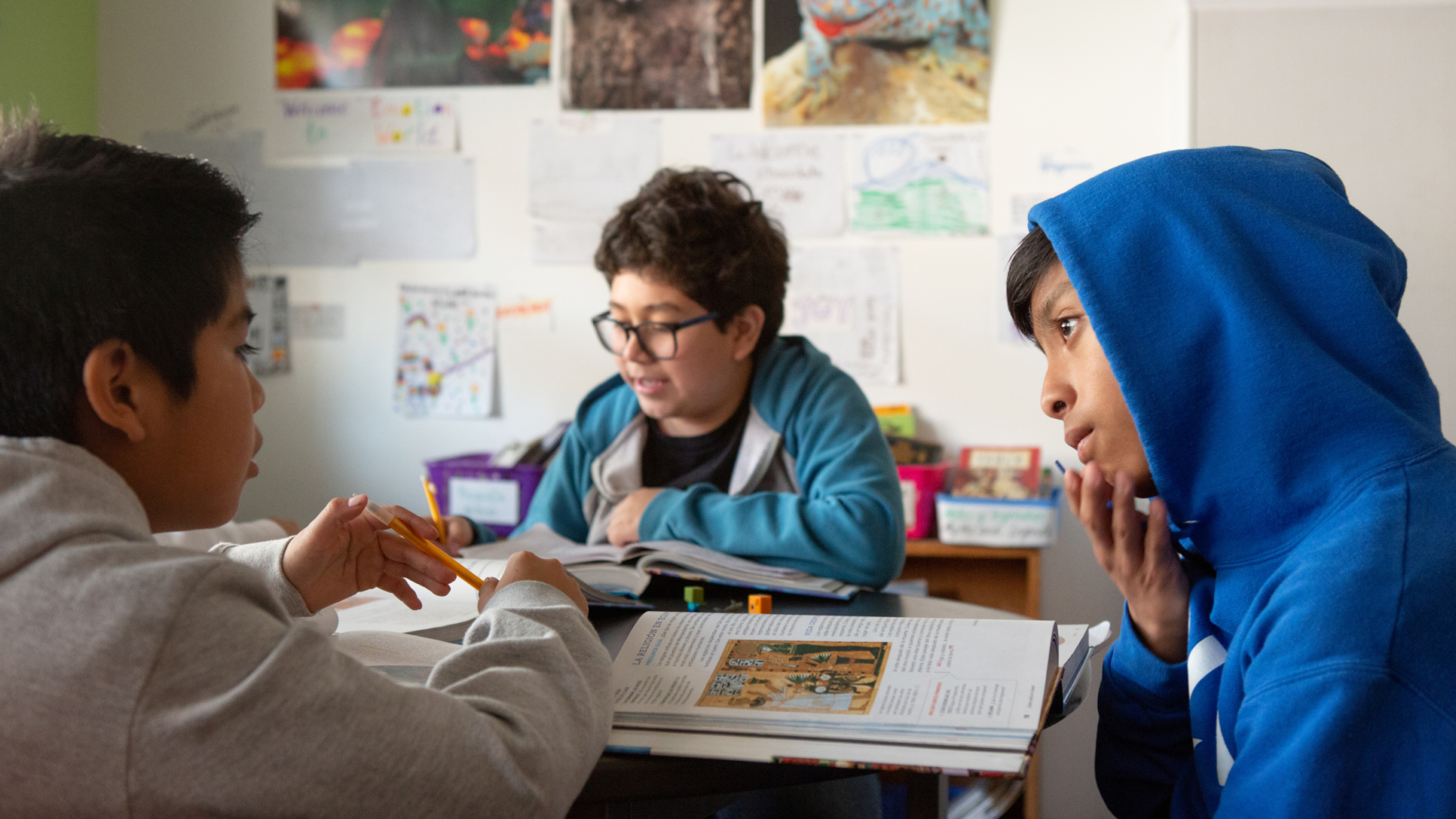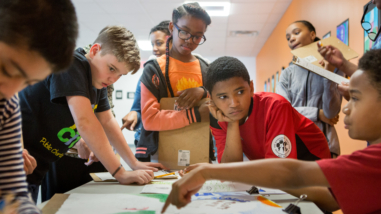How open education resources are working for students and teachers

Our Education grantmaking is grounded in the idea that when classrooms center students’ identities and shared achievements, all of society benefits. Open educational resources (OER) — freely accessible and adaptable learning materials — offer a promising solution to the perennial problem of delivering high levels of student learning at lower cost. But OER offer much more than just cost savings. Flexible, customizable, openly licensed materials can engage students and energize educators in ways that enable more responsive teaching and better learning. They help students see themselves in the learning, a form of deeper learning that every student deserves access to.
For almost a decade now, the Hewlett Foundation has been investing in the development and use of K-12 OER for core courses, including math, literacy, and science, and we wanted to understand how these programs are serving the learning needs of teachers and students and advancing effective practices. We were curious about questions such as: How are choices about open licenses impacting the way programs promote and share their materials? What are the experiences of students — to what extent do programs create opportunities to engage and honor their identities, histories, and perspectives?
To explore these questions, we commissioned an evaluation with SRI International. Drawing from the work of multiple scholars, SRI created a framework that specifies key constructs associated with open educational practices (OEP) and culturally relevant and sustaining practices (CRSP). Using this framework, SRI reviewed a sample of materials from four programs and conducted focus groups with curriculum developers, state and district leaders, teachers, and students.
Here are the key findings:
- Design: OER programs focus on being open and accessible as part of program design and strive to embed culturally responsive components in materials and professional learning. Realizing the full benefits of OER requires continuous professional learning for teachers that is aligned to the curriculum.
- Implementation: Implementation of K–8 openly licensed materials requires teachers to examine their own practices, make pedagogical shifts toward student agency and active learning, and understand the connections between shifts and culturally responsive and sustainable practices. For all of this, professional learning and systemic support is critical. Teachers expressed greater agency in being ready to facilitate student-centered problem solving and discovery when their school districts allocated more resources to professional learning.
- Impact: OEP and CRSP components are being measured in each program through developmental and implementation evaluations that look at changes in teacher practice. To date, most studies are formative, with the results being used to revise the materials, and implementation studies focusing on teacher practice.
The evaluation also surfaced tensions that developers and educators grapple with in creating and using these materials. For one, all of the programs identified challenges around embedding critical consciousness, including building in opportunities for student self-reflection about their own biases and encouraging critical thinking about social justice issues. Teachers struggled with the disconnect between realizing the full potential of creating collaborative learning environments in the contexts of high-stakes learning assessments. Developers and district leaders also felt a tension around promoting the adaptability of OER, while maintaining the integrity of the design principles of the curricula.
As we see greater take up and use of K-12 OER, the findings point to areas for further development and exploration. At Hewlett, we will use these insights to guide how we support our grantees in realizing the full potential of open educational practices – meeting students where they are at, acknowledging their lived experiences, and encouraging collaboration. To learn more about the findings for the evaluation, read the full report and three briefs focused on the key findings.



